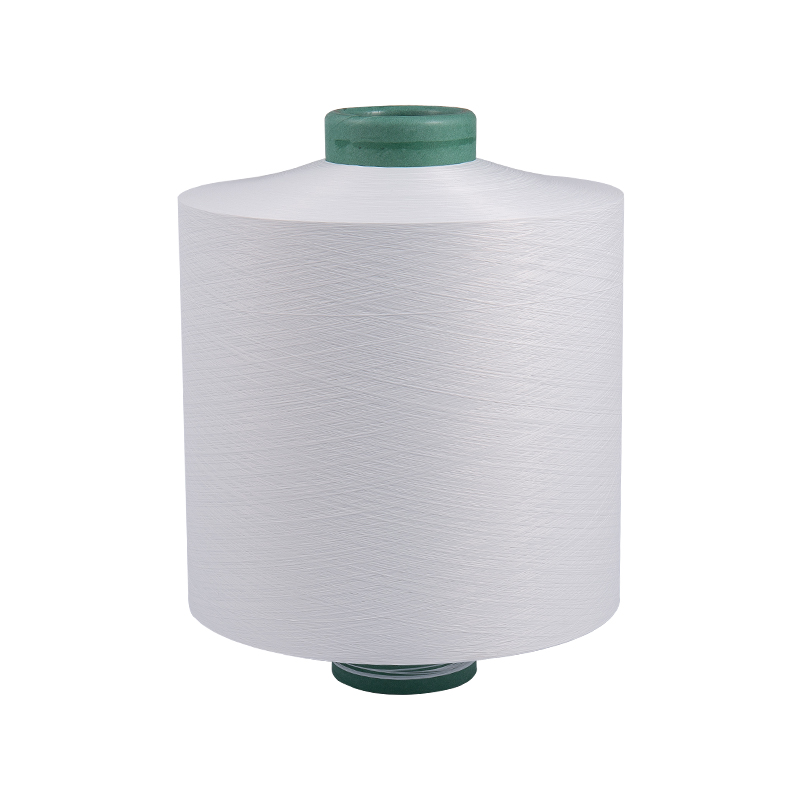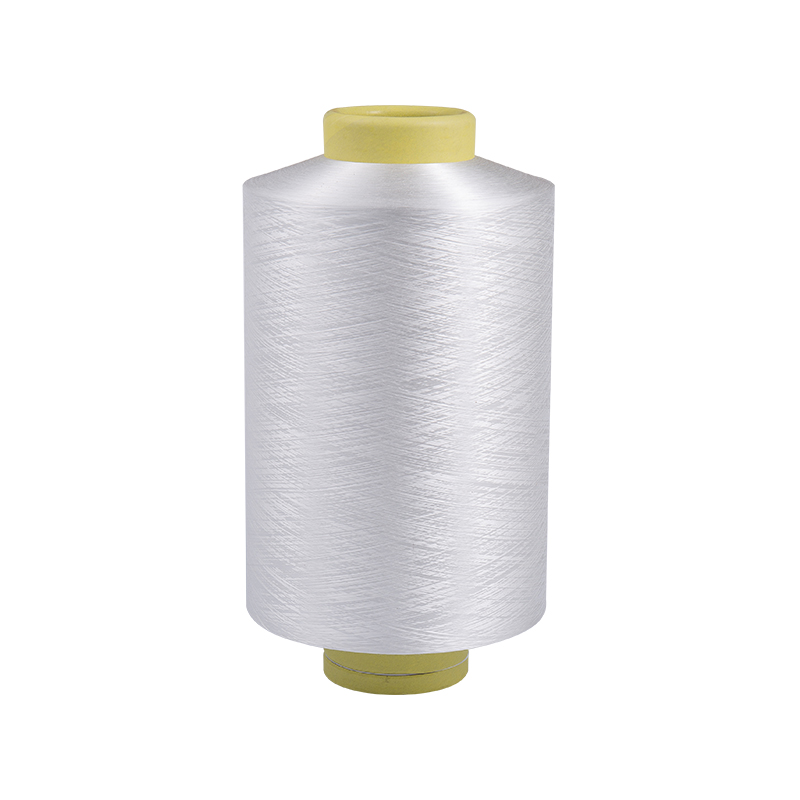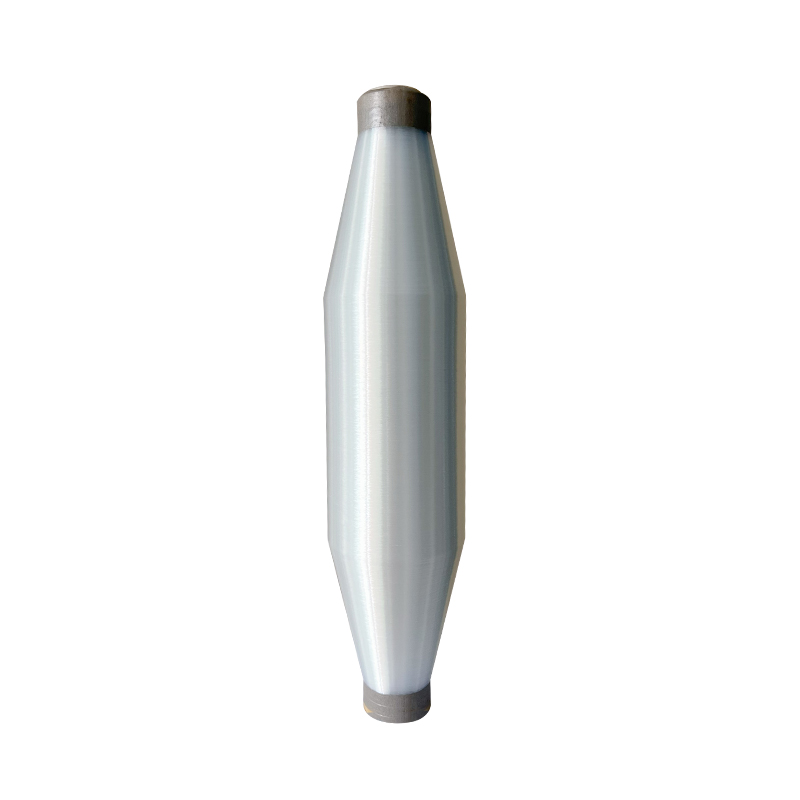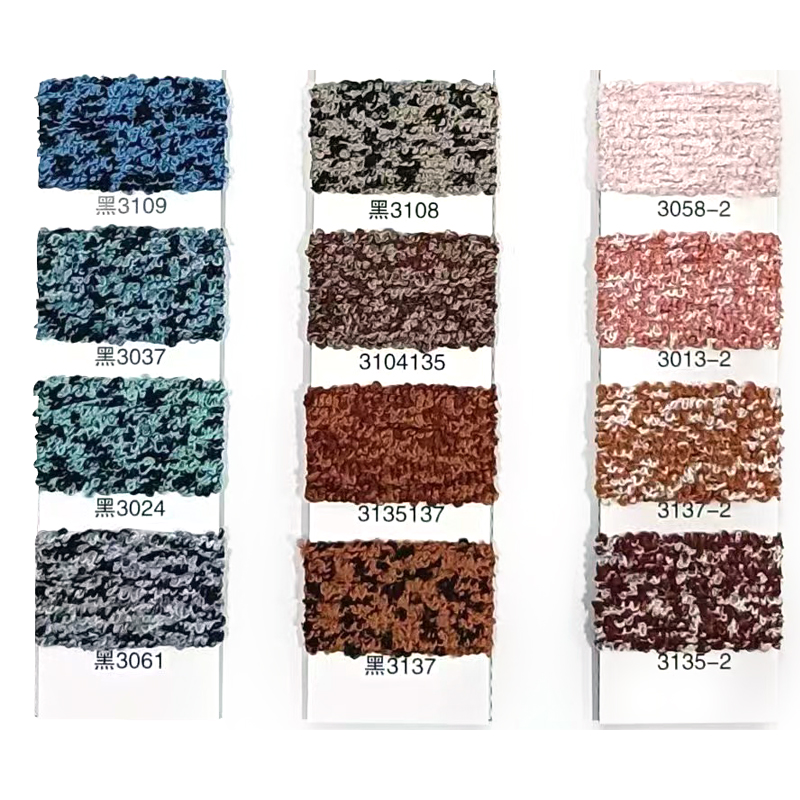How does draw textured yarn differ from other types of polyester yarns?
2025-07-18
Draw textured yarn (DTY) differs from other types of polyester yarns mainly in its production process, physical characteristics, and performance features. Here’s a detailed comparison:
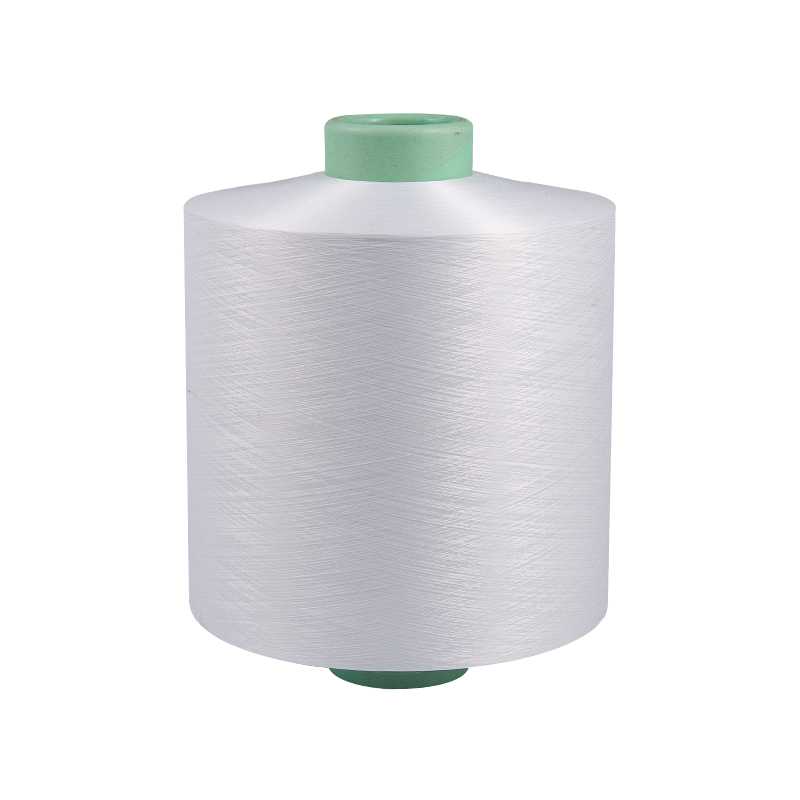
1. Production Process
Draw Textured Yarn (DTY):
DTY is produced by first drawing (stretching) partially oriented yarn (POY) to align and strengthen the fibers, then texturizing it using a false-twist process. This process adds bulk, elasticity, and a textured surface to the yarn.
Other Polyester Yarns:
Partially Oriented Yarn (POY): The precursor yarn, which is less stretched and has lower strength and no texturizing. It is usually used as a raw material for DTY or fully drawn yarn (FDY).
Fully Drawn Yarn (FDY): Produced by drawing the yarn to its full tensile strength but without texturizing. It has a smooth, flat surface and low elasticity.
Flat Yarn: Similar to FDY, flat yarn has a smooth surface and no bulk or stretch.
2. Physical Characteristics
DTY:
Has a bulky, crimped, or textured surface, giving it a soft hand feel and improved elasticity.
Exhibits good stretch and recovery, which enhances fabric comfort and fit.
Bulkiness improves insulation and wrinkle resistance in fabrics.
Other Polyester Yarns:
POY has low strength and is mostly used for further processing.
FDY and flat yarns are smooth, less elastic, and produce fabrics with less stretch and bulk.
These yarns typically yield firmer, less flexible fabrics.
3. Performance and Applications
DTY:
Preferred for applications requiring stretch, softness, and comfort, such as activewear, hosiery, knitted fabrics, and upholstery.
Offers better moisture management and wrinkle resistance compared to flat yarns.
Other Yarns:
FDY is often used in woven fabrics, industrial textiles, and applications needing dimensional stability.
POY serves primarily as an intermediate for manufacturing DTY or FDY.
Summary Table
| Feature | Draw Textured Yarn (DTY) | Fully Drawn Yarn (FDY) / Flat Yarn | Partially Oriented Yarn (POY) |
| Production | Drawn + false-twist texturizing | Fully drawn, no texturizing | Partially oriented, precursor yarn |
| Surface Texture | Crimped, textured, bulky | Smooth, flat | Smooth, less strong |
| Elasticity & Stretch | High (good stretch and recovery) | Low | Low |
| Fabric Feel | Soft, bulky, comfortable | Firm, less flexible | N/A (intermediate) |
| Typical Applications | Activewear, knitwear, hosiery, upholstery | Woven fabrics, industrial textiles | Raw material for DTY and FDY |
Conclusion
Draw textured yarn offers enhanced elasticity, softness, and bulk compared to other polyester yarns like FDY and POY. This makes DTY highly suitable for textiles requiring comfort, stretch, and aesthetic appeal, while other polyester yarns are chosen for stability and specific industrial uses.

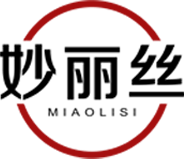


 English
English 中文简体
中文简体 Español
Español عربى
عربى

